ECB Governing Council member Madis Muller said, “given the recovery that we’re seeing in the economy, also the outlook for inflation and most importantly the extremely favorable financing conditions that we continue to have in the euro area, we should be able to end PEPP in March as it has been communicated and as it has been the original plan.” He added, “if you ask what is the most likely outcome then to me personally, this is the base case.”
Muller also argued that inflation could start stronger than ECB’s forecasts. “Looking at possible factors that could be pushing prices higher and those that could be pulling it lower, the factors pushing prices higher seem to be stronger at the moment,” he said. “It’s more likely that we will have inflation, for example, in 2023 higher than 1.5% rather than lower. The same probably applies for the 1.7% inflation forecast for 2022.”
However, “it would be a problem if there is a very sharp cliff effect at the end of the pandemic emergency purchase program,” he noted. “”part of the discussion we will have on how to phase out PEPP and what it would mean for asset purchases going forward.” A potential increase in the APP program was being discussed. But, “of course the decision will depend on market conditions next spring and the economic outlook at that point.”




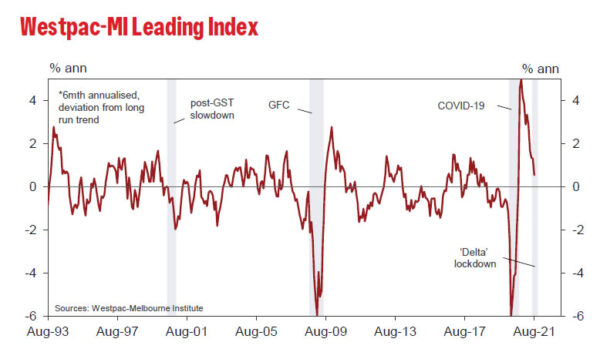
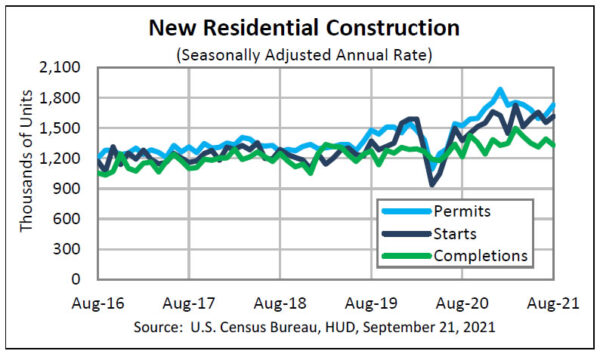
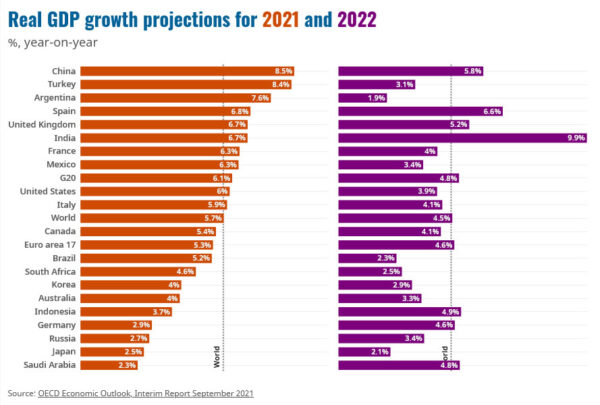
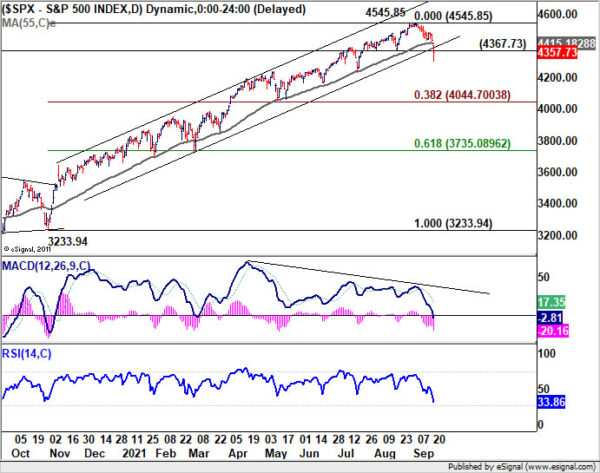
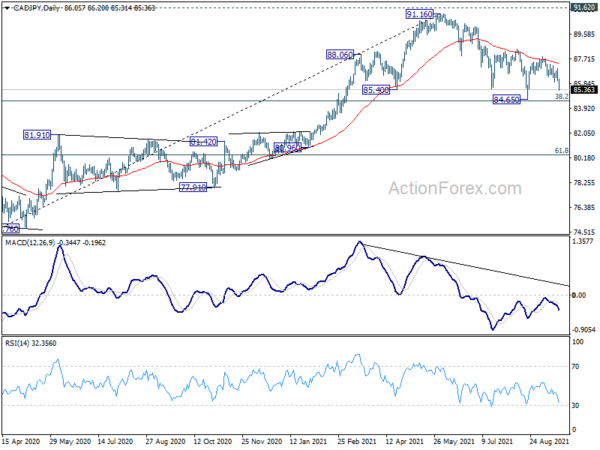
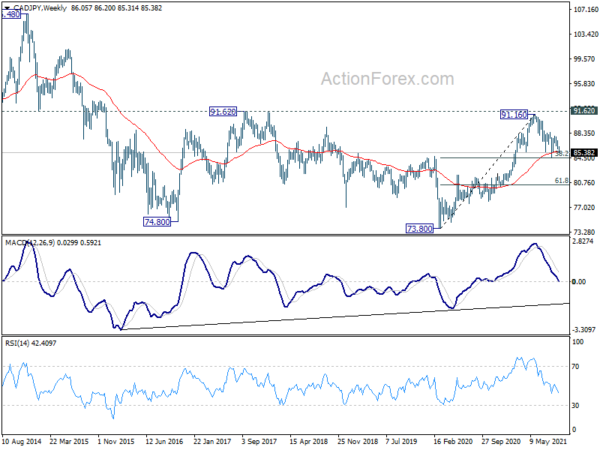
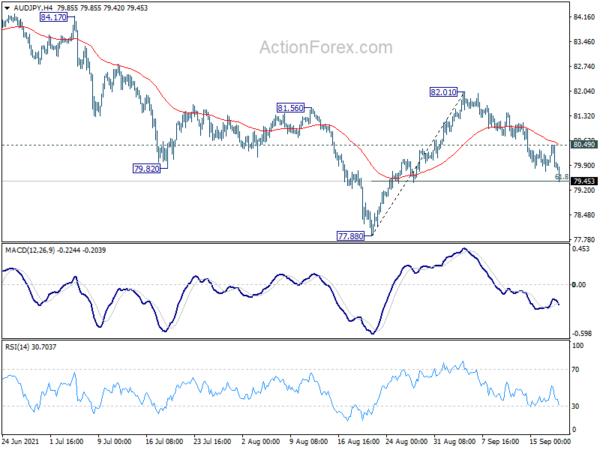
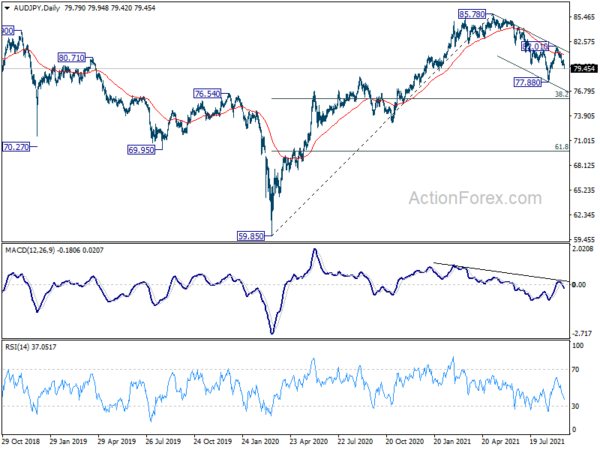
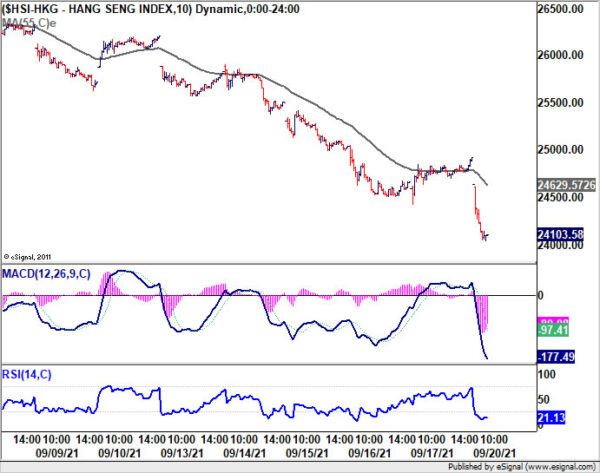
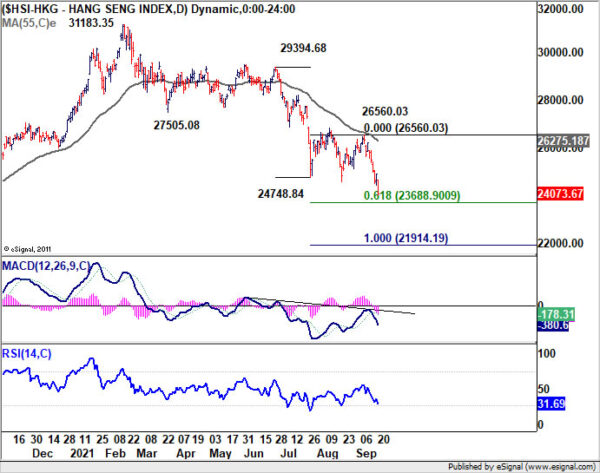
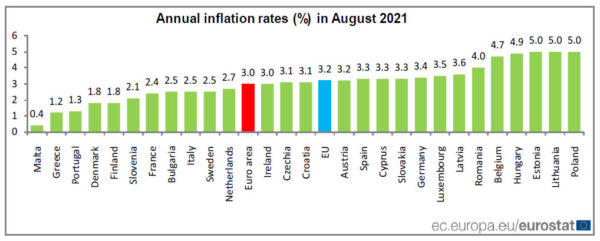
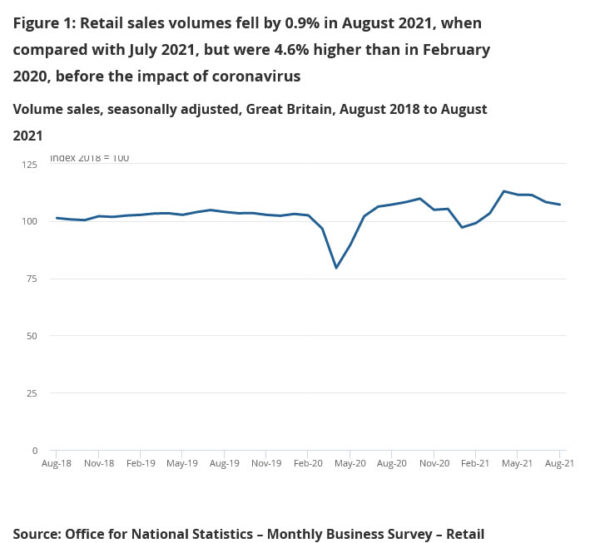

Fed stands pat, tapering may soon be warranted
Fed kept monetary policy unchanged as expected. Federal funds rate is held at 0-0.25%. The target range will be maintained “until labor market conditions have reached levels consistent with the Committee’s assessments of maximum employment and inflation has risen to 2 percent and is on track to moderately exceed 2 percent for some time.”
The asset purchase pace is also held at at least USD 80B on treasury securities and USD 40B on MBS per month. Though, it added that “if progress continues broadly as expected, the Committee judges that a moderation in the pace of asset purchases may soon be warranted.”
Full statement here.